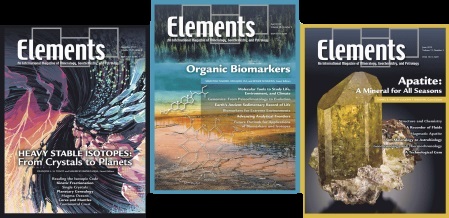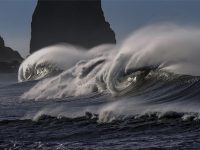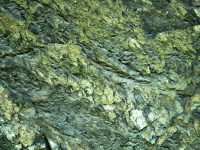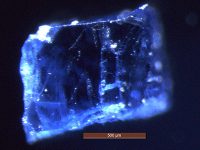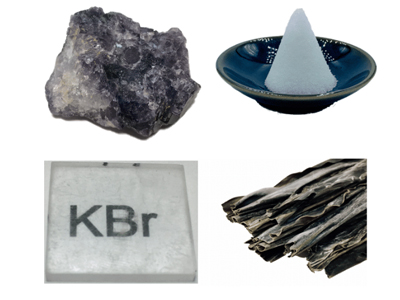Natural Halogen Emissions to the Atmosphere: Sources, Flux, and Environmental Impact
Understanding the atmospheric geochemical cycle of both natural and anthropogenic halogens is important because of the detrimental effect halogens have on the environment, notably on tropospheric and stratospheric ozone. Oceans are the primary natural source for atmospheric Cl, F, Br, and I, but anthropogenic emissions are still important, especially for Cl. While emissions of human-made halocarbons (e.g., chlorofluorocarbons or CFCs) are expected to continue to decrease allowing progressive stratospheric ozone recovery, volcanic activity (e.g., clusters of mid-scale explosive eruptions or large-scale explosive eruptions) might disturb this recovery over the next decades. This review provides a synthesis of natural halogen fluxes from oceanic, terrestrial, and volcanic sources, and discusses the role of natural halogen species on atmosphere chemistry and their environmental impact.
Natural Halogen Emissions to the Atmosphere: Sources, Flux, and Environmental Impact Read More »

